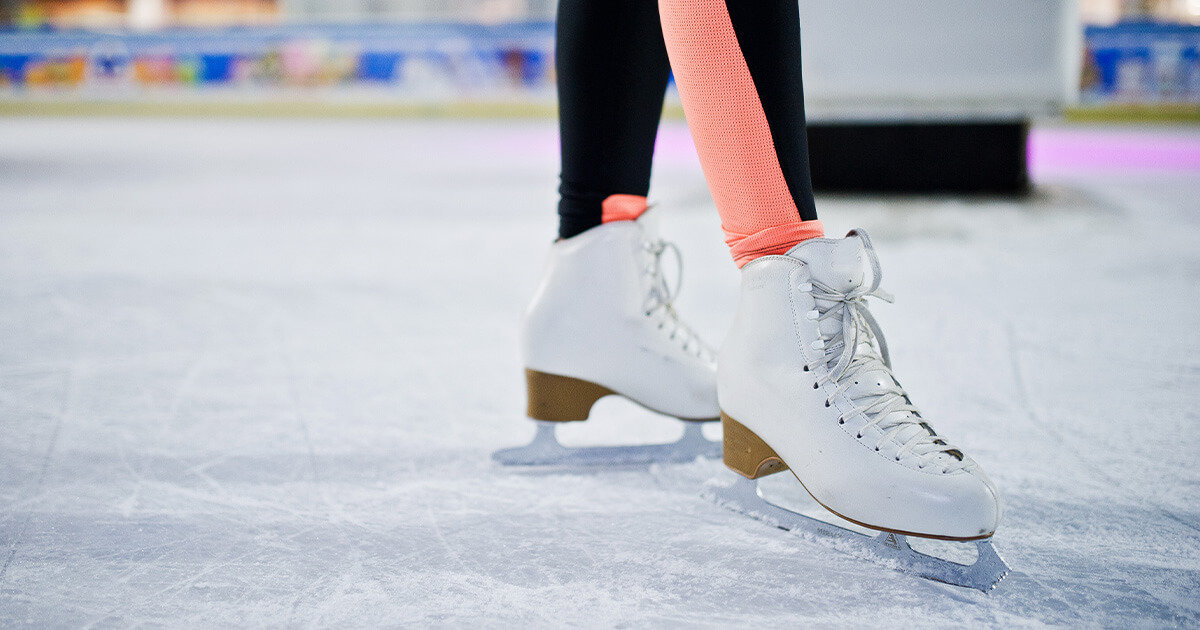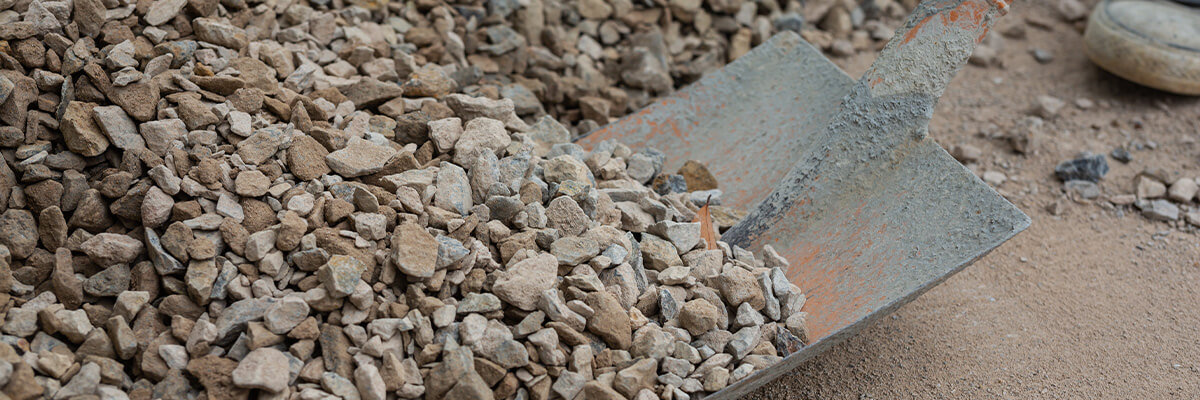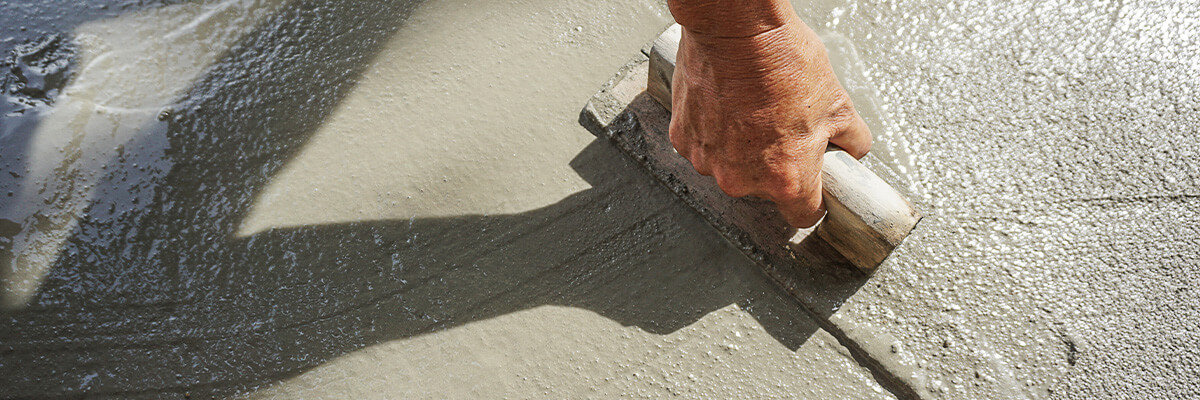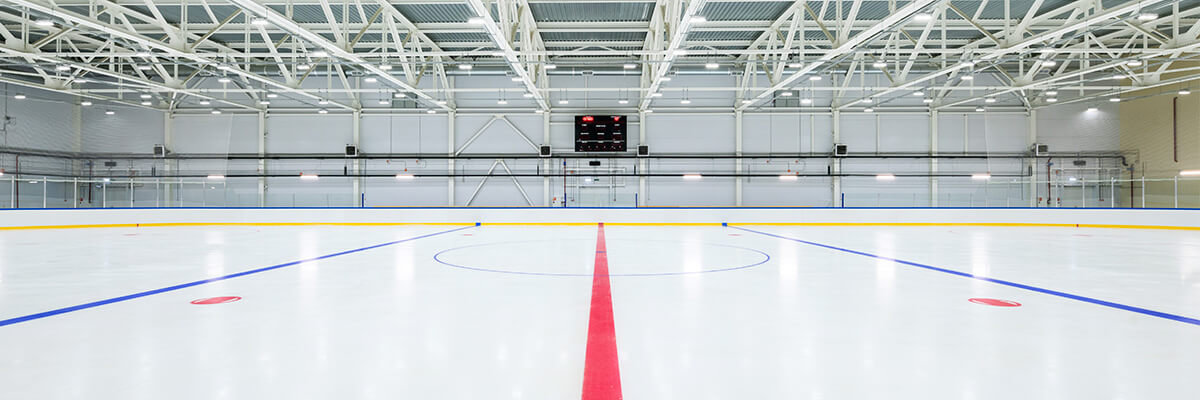Welcome to the BNE Blog – Your Trusted Source for Concrete Flooring Insights!
At BNE Concrete Floors & Coatings, we're more than just experts in concrete flooring solutions; we're enthusiasts who are passionate about sharing our knowledge and experience.
Our blog features the latest industry news, concrete solutions for various industries, and essential tips for maintaining your concrete floors.
Whether you're exploring flooring options for industrial use, seeking stylish and sustainable polished concrete solutions, or looking for maintenance advice, our blog is your guide! Join us in exploring the sophisticated and practical world of concrete flooring.
Each tag category in our blog is designed to guide, inform, and inspire you about the endless possibilities of concrete flooring.
You can navigate our blog with the blog tags below:
Concrete Industry News: Stay updated with the latest trends and developments. We provide insights into new technologies, market trends, sustainability initiatives, and regulatory changes impacting the concrete industry.
Industry Specific: We dive into how concrete solutions uniquely benefit various sectors like grocery stores, automotive facilities, and healthcare institutions. Learn about tailored flooring needs, durability demands, and aesthetic considerations for each industry, and how concrete flooring meets these specific requirements with efficiency and style.
Concrete Maintenance/Repair Tips: Gain insights on how to effectively preserve and care for your concrete surfaces. Learn about cleaning techniques, repair strategies, and preventative measures to extend the lifespan and appearance of your concrete flooring, ensuring it remains durable and visually appealing for years to come.
Epoxy Floor Coatings: Learn how these durable, chemical-resistant coatings are ideal for various applications, from industrial and commercial spaces to stylish residential areas, offering easy maintenance and a range of aesthetic options.
Polished Concrete Floors: Discover how this sleek, modern flooring option not only enhances the aesthetic of any space but also offers durability, low maintenance, and eco-friendliness. Ideal for various settings from homes to high-traffic commercial areas, polished concrete floors are a versatile choice that melds style with functionality.

Ice rinks are marvellous structures that bring joy to ice skaters and hockey enthusiasts alike. Beneath their smooth surfaces lies a critical component that ensures their stability and longevity — concrete. Placing and finishing concrete in ice rink pours requires precision and expertise to create a smooth and durable surface.
The significance of concrete placement and finishing cannot be overstated in ice rink construction. The slab is pivotal for performance and durability, impacting aesthetics, functionality, and safety.
Precise placement and finishing are essential to avoid uneven surfaces and compromised integrity. A smooth concrete surface marks the success of the ice rink, enhancing skater experience and safety, and facilitating ice adhesion. In today’s blog post, we will explore a deeper understanding of concrete in ice rink construction, preparation, placement techniques, and curing strategies, providing you with valuable insights and best practices to ensure both structural integrity and heightened performance of the ice rink.
At BNE, we are trusted experts in concrete finishing. We have the knowledge, equipment, and skills to properly install concrete for any type of project. We use industry-leading technology and expertise to provide the client with a concrete structure that will last. We are proud owners of four Golden Trowel Awards for placing and finishing ice rink slabs. Do not hesitate to reach out to us for your next ice rink construction project. We are just one phone call or email away!
Concrete serves as the fundamental building block of any ice rink construction project. It acts as a reliable support system that bears the weight of the ice surface, spectators, and infrastructure.
Beyond its load-bearing capabilities, concrete also plays a crucial role in maintaining the overall stability of the ice rink. By distributing loads evenly and providing a solid foundation, ensures that the ice surface remains level and free from structural issues. The concrete base sets the stage for the rest of the construction process, impacting factors such as ice quality, safety, and long-term durability.
Choosing the appropriate concrete mix is a pivotal decision in ice rink construction. The mix's composition, including the ratio of cement, aggregates, water, and additives, directly influences the concrete's strength, durability, and performance. When crafting the mix for an ice rink project, considerations extend beyond the conventional requirements of strength and durability. Factors like freeze-thaw resistance, workability, and compatibility with the ice surface are equally vital. Selecting the right mix ensures that the concrete not only withstands the demanding conditions of ice rink environments but also contributes positively to the overall ice rink experience.
Cold environments pose specific challenges to concrete placement and curing due to lower temperatures affecting setting time and curing. These challenges, including potential cracking and compromised strength, demand specialized techniques and careful planning to ensure the success of ice rink construction in cold conditions.

Before concrete pouring, meticulous site preparation is crucial, involving:
Formwork serves as the mold that shapes the concrete into the desired structure. Accurate formwork installation ensures that the concrete is poured to the intended dimensions and contours.
Formwork plays a pivotal role by:
Weather has a notable impact on concrete placement, especially in cold climates where freezing can disrupt setting and curing. Preventive steps like using heated materials, insulating blankets, and tent structures are crucial to maintain optimal curing conditions. Similarly, in hot weather, managing concrete temperature is vital to prevent rapid drying and cracking, ensuring consistent, durable, and high-quality concrete.
When it comes to placing concrete for ice rinks, efficiency and uniformity are key. Pouring techniques can significantly impact the quality of the finished surface. Using controlled and consistent pouring methods ensures that the concrete is evenly distributed, preventing variations in thickness that could lead to structural issues or uneven ice surfaces. Techniques such as properly calibrated lasers and transits help achieve a level and flat slab, ensuring a solid foundation for the ice rink.
Maintaining a consistent and smooth concrete flow is vital to prevent surface defects and weaknesses, with techniques such as proper pouring height, steady pouring rate, and precise equipment placement reducing the risk of air pockets that compromise strength and longevity, ultimately ensuring the ice rink's foundation quality and integrity.
Concrete placement for ice rink projects necessitates meticulous planning, a well-coordinated team, and precise timing to ensure consistency among sections, avoid cold joints, and prevent visible seams, highlighting the amplified significance of coordination and timing for successful outcomes in larger endeavours.
The art of achieving a smooth and flawless concrete surface involves an array of specialized tools and equipment.

Finishing tools, such as floats, and trowels, play a crucial role in refining the concrete's texture and appearance. Each tool serves a unique purpose in the finishing process, contributing to the overall quality and aesthetics of the ice rink surface.
Screeding as the initial finishing step:
Power troweling is a critical phase in achieving a smooth concrete surface. A power trowel is a machine equipped with rotating blades that mechanically smooth and polish the concrete. This process not only enhances the surface's smoothness but also helps close the surface pores, improving its resistance to moisture penetration and wear.
Proper curing is a critical phase that significantly impacts the strength, durability, and long-term performance of the concrete surface in ice rink construction.
Curing involves maintaining adequate moisture and temperature conditions to facilitate the optimal hydration of the cement particles. This process ensures that the concrete achieves its intended strength and develops the necessary resistance to cracking and wear over time.
In ice rink construction, the quality of the concrete surface directly influences ice adhesion.

A well-prepared and finished concrete foundation fosters uniform ice bonding, enhancing skater safety and ice quality by promoting improved glide, better edge control, and overall enhanced performance on the ice.
To optimize ice adhesion and overall ice rink performance, additives and surface treatments can be employed.
Achieving a harmonious equilibrium between a smooth concrete surface and the necessary grip for skaters is a delicate task in ice rink construction. While a smooth surface aids speed, excessive smoothness can diminish grip and skater control. By introducing subtle textures or profiles into the concrete, a balanced grip can be achieved without compromising the desired smoothness, requiring a thoughtful approach that bridges technical ice adhesion requirements with the experiential needs of skaters.
Preventing cracks and ensuring the long-lasting quality of an ice rink involves understanding common crack causes, such as temperature changes and shrinkage, and countering them with proactive measures.
Using proper construction practices like controlled curing and reinforcement methods such as steel bars or mesh significantly reduces the likelihood of cracks. Properly executed expansion joints accommodate movement. Maintaining the concrete surface through regular inspections, addressing minor issues promptly, and applying protective coatings ensures the ice rink's structural integrity over time.
Ice rinks' concrete placement and finishing are pivotal for stability and longevity, with proper preparation, accurate formwork, and reinforcement installation essential for a solid foundation.
At BNE, we are trusted experts in concrete finishing. We have the knowledge, equipment, and skills to properly install concrete for any type of project. We use industry-leading technology and expertise to provide the client with a concrete structure that will last. We are proud owners of four Golden Trowel Awards for placing and finishing ice rink slabs. Do not hesitate to reach out to us for your next ice rink construction project. We are just one phone call or email away!

